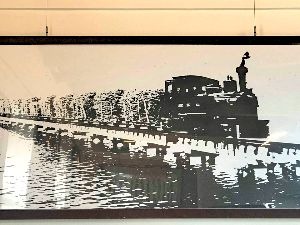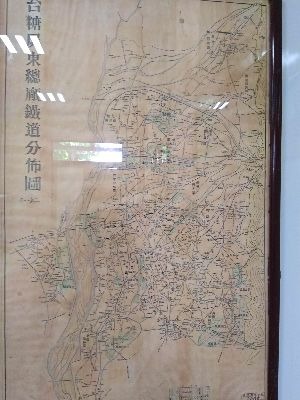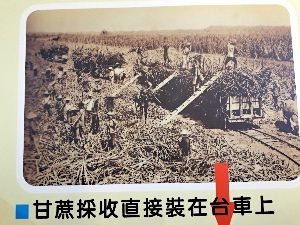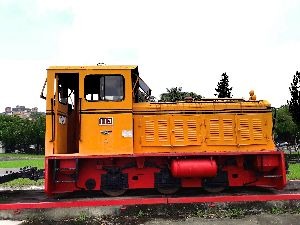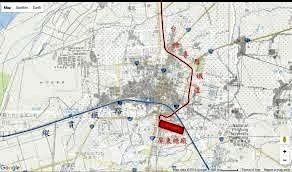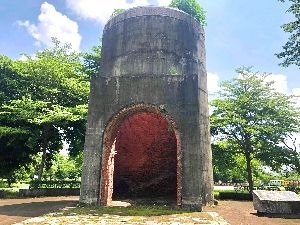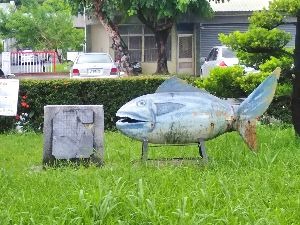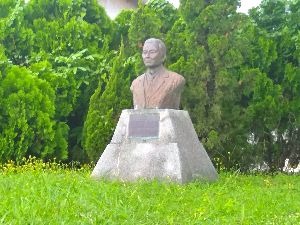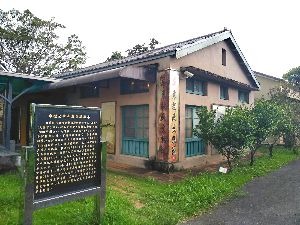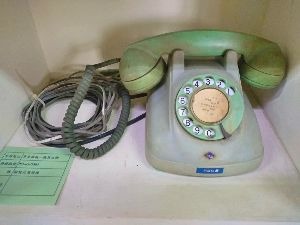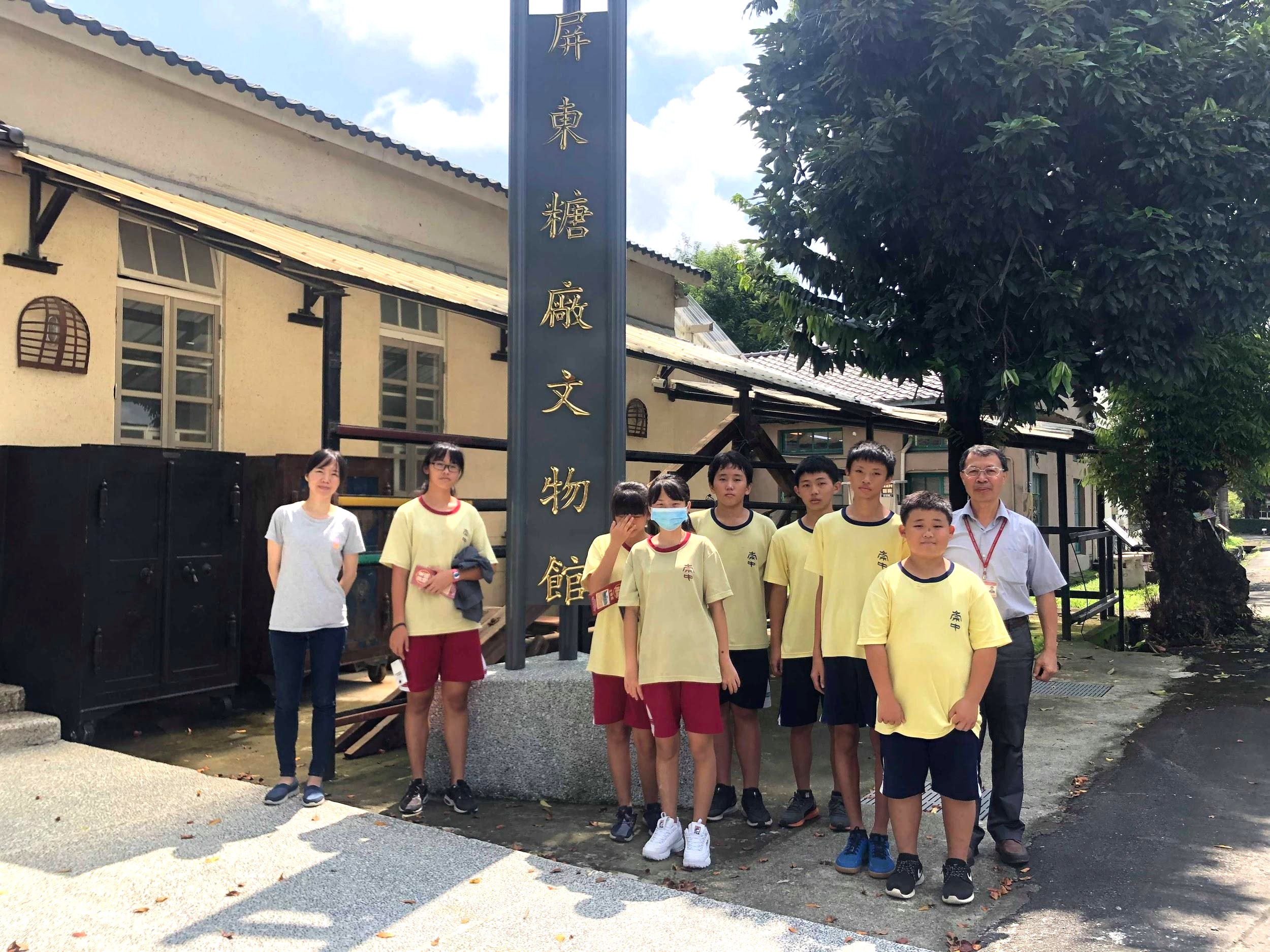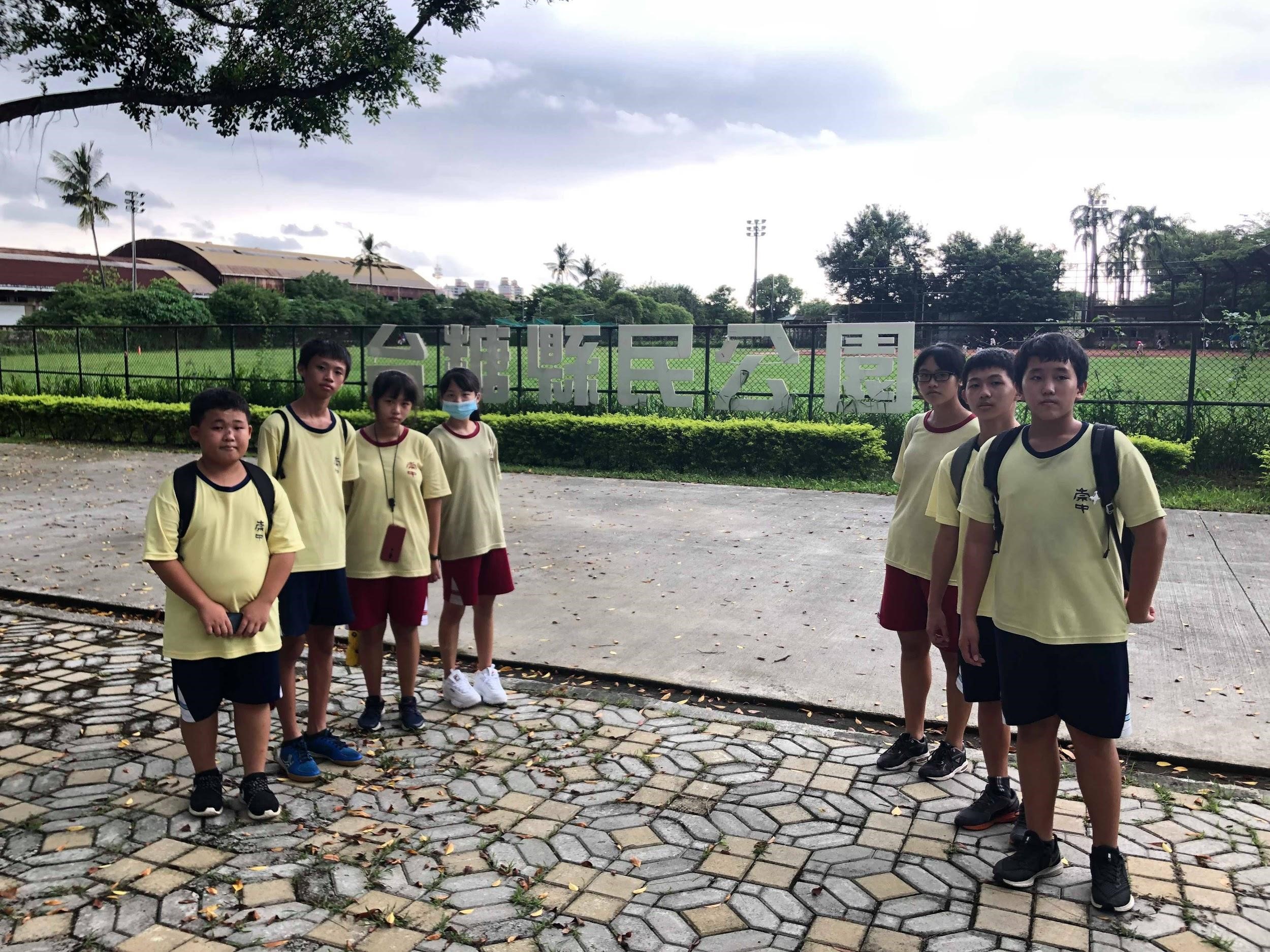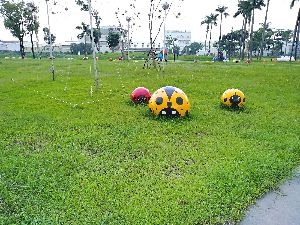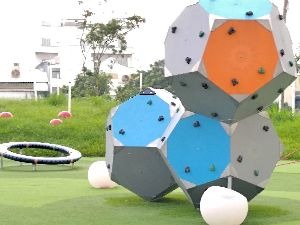Mini-train Park
History
Taiwan sugar industry railway, aka Sugar Railway, or known as the mini-train, is to meet the needs of Taiwan sugar industry and the construction of a special railway. At the beginning of the Japanese era, the governor's office was short of financial resources and Japan's domestic economy was depressed. It was unable to attract private enterprises to invest in the Taiwan railway. The Taiwan sugar railway was first laid in 1906 at the qiaotou sugar mill of Taiwan sugar co., LTD., but at that time it was only a trolley track drawn by water buffalo or pushed by human hands, so it was not connected to the railway during Japanese times. It was not until after the war, when they took over Japanese property, integrated all the sugar mills into the state-owned Taiwan sugar company, and built a parallel preparatory line from north to south, that the entire island's sugar mills were connected to one another.

